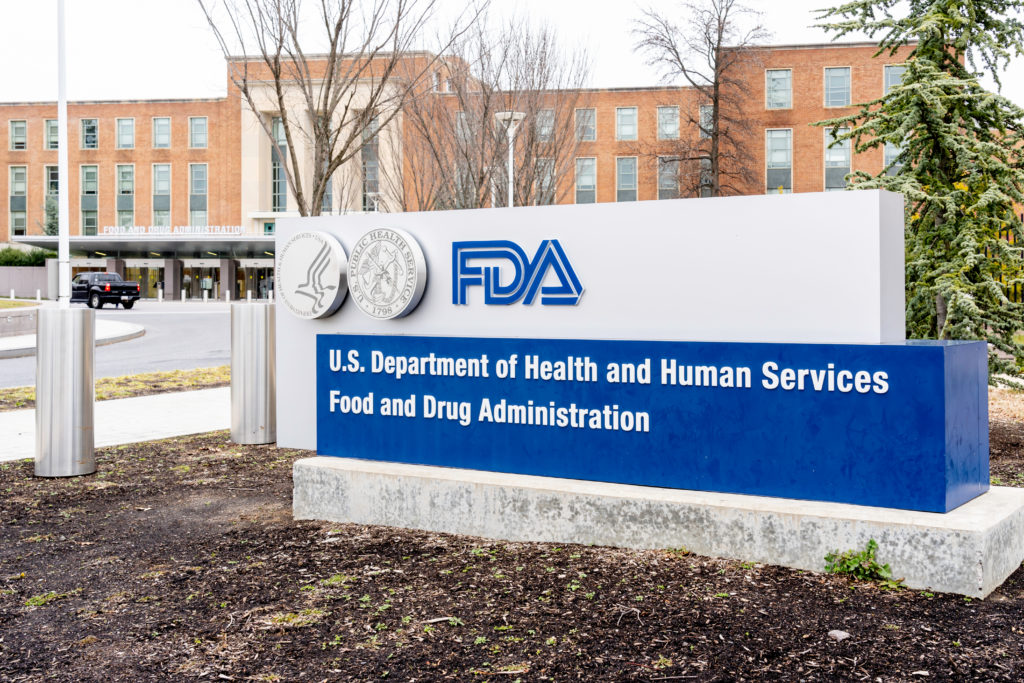Food and beverage companies across the supply chain must always be prepared for new regulatory developments in 2022 as they seek to bring new ingredients and products to market. New regulations are often reflective of the supply chain, food safety and consumer trends. Here are some of the top food industry regulations food and beverage companies should watch out for in 2022.
1. Changes to the US Food and Drug Administration’s Definition of “Healthy”
In March, the US Food and Drug Administration (FDA) updated the definition of “healthy,” which could impact new product development or reformulation. “Healthy” is an implied nutrient content claim that is defined in FDA regulations in reference to specific levels of total fat, saturated fat, cholesterol and sodium.
The FDA issued a proposed rule that revised the definition of “healthy” and the agency began the process of developing a symbol that industry can use for products that meet the updated definition. Food and beverage companies should monitor this new definition by modifying limitations for certain nutrients, including saturated fat, sodium and added sugar.
Related: What are Food Clinical Trials and What Purpose do They Serve?
2. Labeling Clarity on Lab-Grown Meat
As lab-grown meat startups raise millions of dollars, create prototypes and improve their technology, they are getting closer to having products made available. But one question remains: what can those products be called? The FDA and the US Department of Agriculture (USDA) — with their joint oversight over the development and marketing of these products — have yet to resolve labeling issues.
In October 2020, the FDA issued a request for information about the names or statements of identity for foods made with cultured seafood cells, and the USDA followed with a publication of an advance notice of proposed rulemaking on the labeling of lab-grown meat subject to its authorities. However, clarity and potential alignment from the agencies on this issue in 2022 could still occur in the latter half of 2022.
3. Regulating Heavy Metals in Baby Food
In February, 2021, a congressional report shed light on the grim reality of arsenic, cadmium, lead and mercury lurking in the products of at least four baby food companies. Following this report, baby food manufacturers saw a flurry of activity last year, from the FDA’s “Closer to Zero” action plan to the introduction of the Baby Food Safety Act to consumer class action lawsuits.
In June, the FDA updated its action levels for lead in baby food and indicated that it would update its action levels for other heavy metal contaminants in the years that follow. However, other stakeholders, including Congress and state attorneys general, are likely to continue to push the agency to expedite its timelines.
4. Cannabinoid Regulations
Although the sale and use of recreational marijuana was legalized in 2016, California opened new regulatory pathways, separate from the regulation of marijuana, to include CBD or other cannabinoids in food products. The FDA continues to take a hands-off approach regarding CBD marketed as an ingredient in food or dietary supplements unless health claims are made.
This year, continued acceptance of marijuana and cannabinoids has grown in certain states, leading to additional pressure to open the market to CBD in food and dietary supplements on a federal level. Companies marketing cannabinoids should continue to be aware of both the federal ban on the use of CBD in food or dietary ingredients and the rapidly evolving legal landscape.
Food and beverage companies should always keep an eye on new food industry regulations from the FDA, USDA and other governing bodies, not only to maintain a positive reputation, but to keep consumers safe and prevent potential food safety catastrophes.












Join or login to leave a comment
JOIN LOGIN